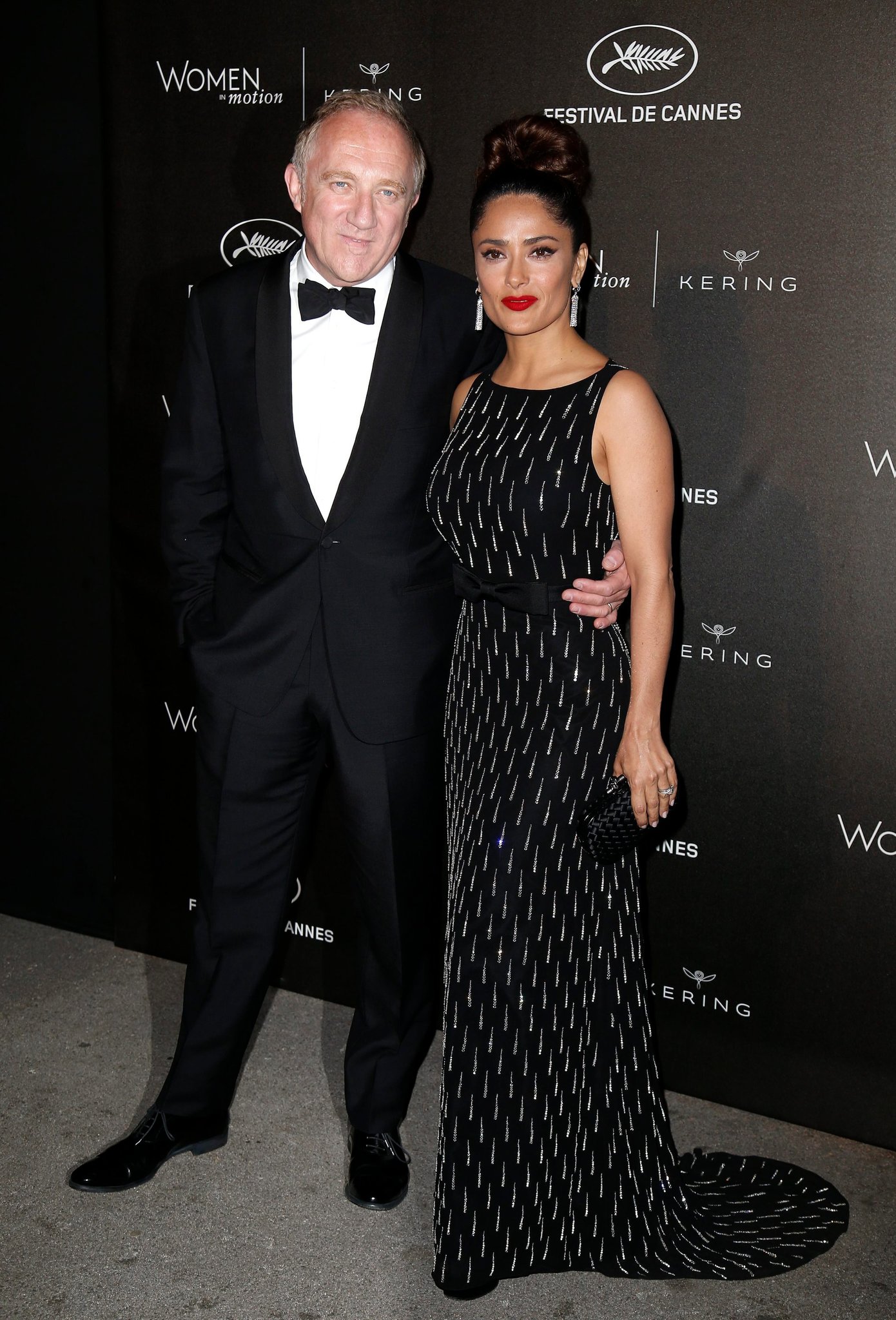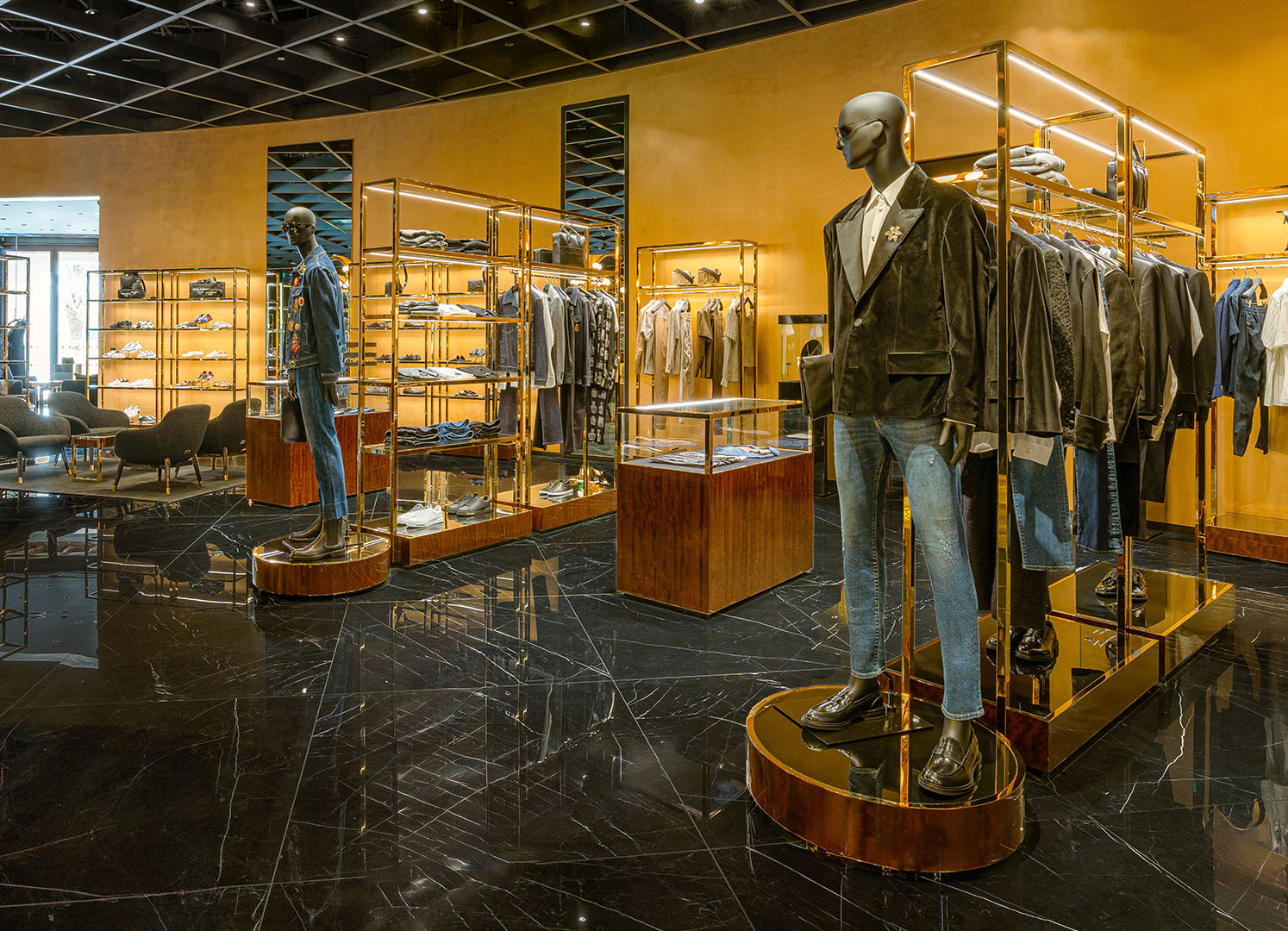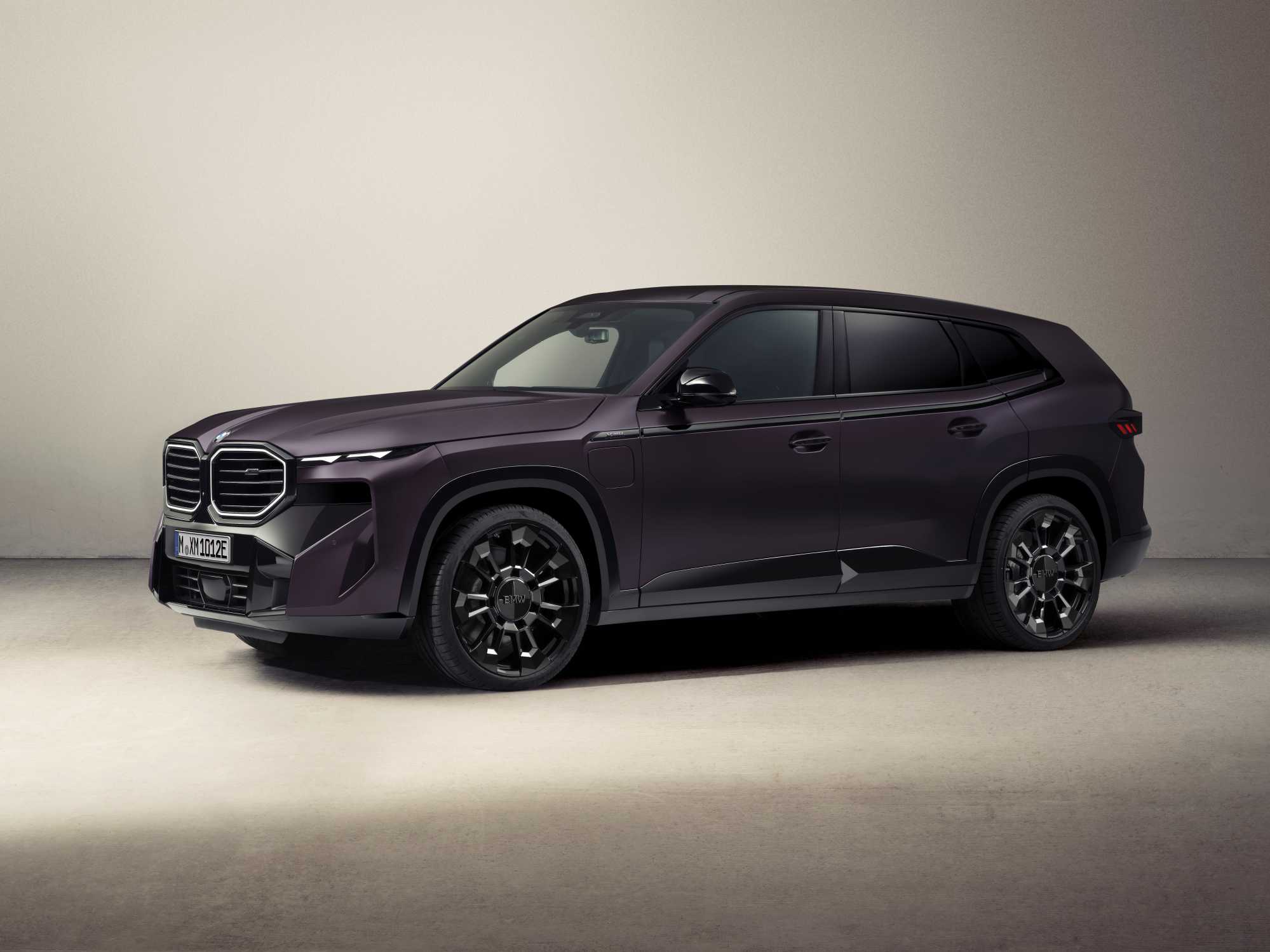The luxury market, long seen as a bastion of resilience and growth, is encountering significant headwinds in 2024. After a robust post-pandemic surge, the sector now faces a slowdown marked by shifting consumer priorities, inflationary pressures, and economic uncertainty. However, while the market cools, a different narrative is unfolding in the world of Mergers and Acquisitions (M&A), offering insights into how strategic players are navigating — and capitalising on — these challenges.
Understanding the Slowdown
Luxury brands are experiencing a deceleration in sales, particularly in key markets like Europe, the United States, and China. Factors contributing to this downturn include:
- Inflation and Cost of Living Pressures: As inflation continues to squeeze disposable incomes, even affluent consumers are re-evaluating their spending habits.
- Geopolitical Tensions: Uncertainty stemming from global conflicts and trade policies is impacting investor confidence and consumer sentiment.
- Shifting Consumer Priorities: The younger generations, particularly Millennials and Gen Z, are prioritising experiences, sustainability, and value-driven purchases over ostentatious displays of wealth.
These factors are collectively dampening the once-unquestionable growth trajectory of the luxury sector.
M&A Activity: Strategic Moves Amidst the Uncertainty
Despite — or perhaps because of — the slowdown, major players in the luxury sector are pursuing strategic acquisitions. These moves signal confidence in the sector’s long-term prospects and a willingness to secure market positions while valuations are more favourable.
Kering’s Stake in Valentino:
In a bold move, French luxury giant Kering acquired a 30% stake in Valentino for €1.7 billion. The deal includes an option for Kering to acquire the remaining shares by 2028. This investment is part of Kering’s broader strategy to expand its presence in the high-end fashion space and reduce its reliance on flagship brands like Gucci. Valentino’s timeless appeal and craftsmanship represent a stable long-term asset for the group.
EssilorLuxottica’s Acquisition of Supreme:
In another noteworthy deal, EssilorLuxottica, the eyewear powerhouse behind brands like Ray-Ban and Oakley, acquired the streetwear brand Supreme for $2.1 billion. The move reflects a strategic push to diversify into youth-driven markets and tap into Supreme’s dedicated global following. This acquisition underscores the value of brand loyalty and niche positioning, even amidst broader market uncertainty.
Shifts in Investor Appetite:
While blockbuster deals continue to make headlines, the overall pace of M&A activity in the luxury sector has slowed. According to recent industry reports, the first half of 2024 saw a 15% decline in luxury M&A deals compared to the same period in 2023. However, analysts predict a resurgence in 2025, driven by the stabilisation of interest rates and a potential rebound in consumer confidence.
Why Strategic Acquisitions Make Sense Now
For those with a long-term view, the current slowdown presents unique advantages:
- Lower Valuations: The dip in luxury sales means some brands are trading at lower multiples, offering opportunities for acquisitions at more reasonable prices.
- Brand Resilience: Iconic heritage brands and those with strong market niches tend to weather economic uncertainties better. Acquiring such brands now can provide a competitive edge when markets rebound.
- Diversification: Luxury groups are increasingly looking to diversify their portfolios — be it through acquiring streetwear brands like Supreme or expanding into other luxury segments like jewellery, beauty, and experiential luxury.
Emerging Trends to Watch
Sustainability-Driven Investments:
As consumers demand more transparency and ethical practices, M&A activity focused on sustainable brands is expected to grow. Brands that incorporate eco-friendly materials, circular fashion practices, and transparent supply chains are becoming prime acquisition targets.
Technology and Luxury:
The intersection of technology and luxury — from AI-driven personalisation to digital fashion — is an emerging field ripe for investment. Expect to see luxury groups acquiring tech-driven startups to enhance their digital capabilities and customer experiences.
Focus on Heritage and Craftsmanship:
In times of uncertainty, consumers tend to gravitate towards brands with a legacy of quality and craftsmanship. Heritage brands that maintain their authenticity while modernising their appeal are likely to attract investor interest.
Looking Ahead: The Path Forward
While the luxury sector faces a challenging 2024, the strategic M&A activity we’re witnessing highlights the industry’s enduring appeal and adaptability. The current slowdown is less an indication of decline and more a period of recalibration — where strong brands consolidate, reposition, and prepare for the next cycle of growth.
For those keeping a close eye on the luxury sector, the lesson is clear: short-term market fluctuations may influence spending, but they rarely diminish the intrinsic value of well-positioned, well-managed luxury brands. As always, those who act with foresight and precision will be the ones to emerge stronger.








Recent Comments